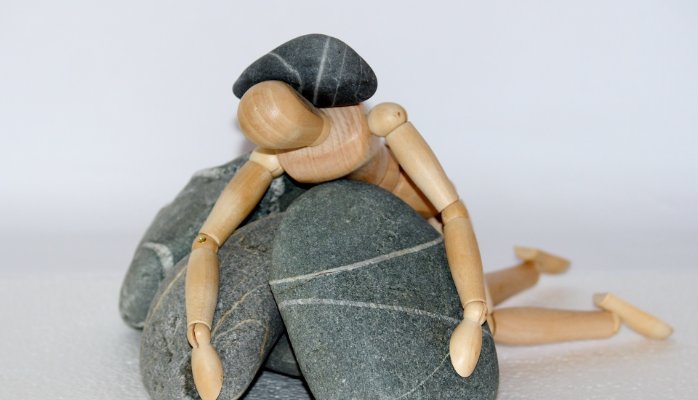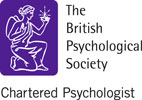Communication is something we all use every day in various ways and how we communicate can be essential to the success of our relationships and many other aspects of our life.
It often seems something simple because we communicate all the time and therefore we assume that we do it well, and we don’t stop to consider how we communicate – unless of course, this becomes a real problem.
In this article we will look at the basics; what communication is, what’s the process underneath communication and why healthy communication is so important for well-being.
On a personal note, I experienced first hand the benefits of improving my communication with people.
I know how hard it is when you don’t feel understood, or when you feel as though you never say the right thing, or even what it feels like when you would just want to express yourself but for some reason, you can’t and you remain quiet…and frustrated.
Working with my clients I got to realise that it wasn’t just me: many people, unfortunately, don’t know how to communicate healthily and satisfactorily; whether it is an intimate, platonic or professional relationship, communication is one of the main difficulties which comes up repeatedly.
Although we use communication every day, it’s common for people to not understand what happens when they communicate, or even what their own communication style is. Is this something you can relate to?
Learning more about communication can bring better relationships amongst all of us and can help each of us feel better in our skin.
The basics of communication
The process of communication refers to the exchange of information between two people or more. Communication can be verbal – meaning that you use words – as well as nonverbal, like for example body language, the tone of voice, the distance between the people talking etc. Communication can also be either oral or written.
Effective communication is when the message conveyed by the sender is understood by the receiver in the same way as it was intended. This is something rather difficult because many barriers stand in the way. If the flow of information is blocked or the parties cannot make themselves understood, then communication fails.
Consider how many things happen when we, for example, speak to another person.
1. The process starts when we think about what we want to say, and our brain goes through a process called encoding which adapts the information in a way that can be understood by the other person.
2. We then share this information by speaking to someone face to face.
3. This information is then received by the other person and they begin to process this and develop their own understanding of our words. This process is normally known as decoding.
Communication is in fact a two-way process: each person has their own personal beliefs and experiences which may influence the way they translate our message, just as much as our own beliefs and experiences have influenced the way we encoded the message.
4. Once our words have been received by the other person, feedback is then the ultimate aspect of this dynamic process. Feedback is necessary to ensure that the message has been effectively comprehended and it could be verbal or non-verbal, like a nod or a smile.
What could go wrong in the communication process?
- The message can often be disrupted by a variety of communication barriers.
- Some of them are very practical, such as noise or distractions in the environment or a poor telephone connection, faulty mail system, using a second language.
But more importantly, there is a personal, social and cultural aspect to consider. Like prejudices obstructing the understanding of a message or gestures and postures that may distort the message. Your beliefs and your emotions have a strong role in how you send and receive information, impacting your ability to send a clear message or to understand a message sent by someone else correctly.
Here’s an example:
Let’s imagine that I had a really bad night and I am really tired; I am late for work and it’s raining. When I finally manage to get to the office I am soaking wet and I ask my colleague, “Do you want to come to get a hot black coffee with me?”. She does not even look at me and whilst continuing typing on her computer she says, “No thanks”.
I am outraged and I decode that message as rude, avoidant and dismissing. By all means, I don’t talk to her for the next four hours. Neither does she, until before lunch she very calmly comes to my desk to suggest that we go for lunch together, given that she could not come for coffee because she had an important deadline at noon.
Now, in this example, my colleague was so focused on her work that this made her communication very essential but less effective because she didn’t make eye contact and she didn’t notice my state of being. On top of that, I misinterpreted it because I was very emotional and my expectations and feelings got in the way. As a result, I spent four hours stewing for no reason.
You can see how easy it is to be affected by misunderstanding and how it may as well lead to a conflict.
Why it is so important for us to communicate healthily?
One reason which I believe is perhaps one of the most important things we gain by good communication is to build strong and healthy connections.
Social connections are a fundamental human need and the ability to connect is essential for everyone. In fact, research has shown that it doesn’t only significantly improve psychological well-being, by allowing us to combat isolation and conflict, but improves physical well-being as well.
Think about the last conversation you had where you walked away feeling happy or positive. Chances are, the reason for this is because the communication between yourself and the other person was sent and received in a way that was clear and didn’t leave room for misunderstanding.
When this type of clear communication happens between two people, for example, two people in a relationship, it also aids in the breaking down of barriers.
To explain, let’s think about a game of cards. If you are playing your cards close to your chest, you are putting a barrier between yourself and the other player. But if you show your hand you are being open and honest and taking the barrier down. The same goes for when you communicate.
This type of communication is vital in intimate physical relationships between couples as well as with friends or people in your family.
It’s also important to remember that good communication isn’t only when you can express your own thoughts, feelings and expectations. It also means you can listen and reflect when others speak to you.
Actually, people often rate themselves as being better listeners than they really are and I’m sure we’ve all been in a situation where we have only half-listened to what another person is telling us.
By listening to truly understand what the other person is saying, rather than just to respond, helps you make sure you refrain from making judgements and assumptions and can reflect on the right information.
Also, by properly listening when someone else speaks, it conveys the message to them that we care about what they have to say, which again breaks down barriers and allows us to make that connection with them.






